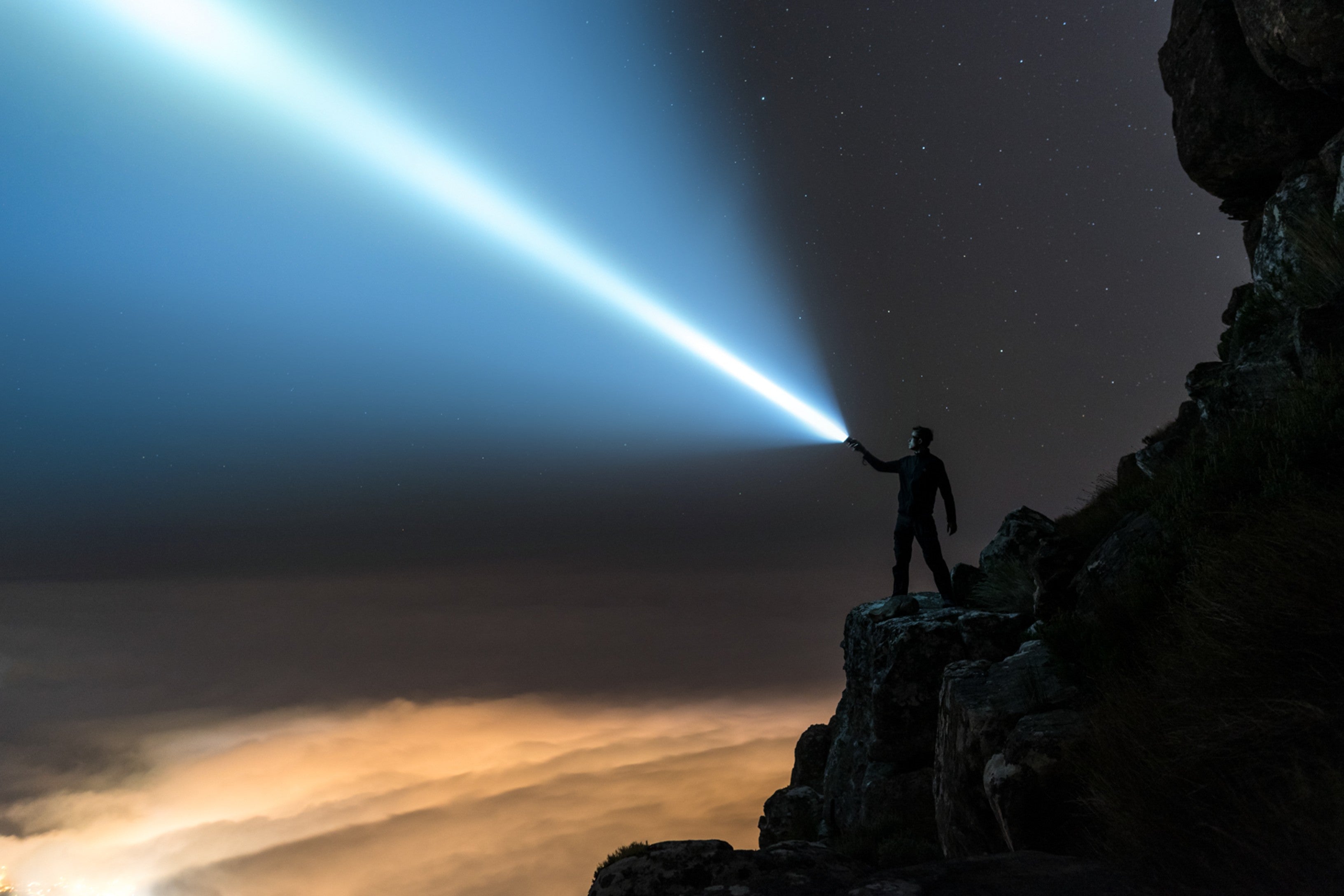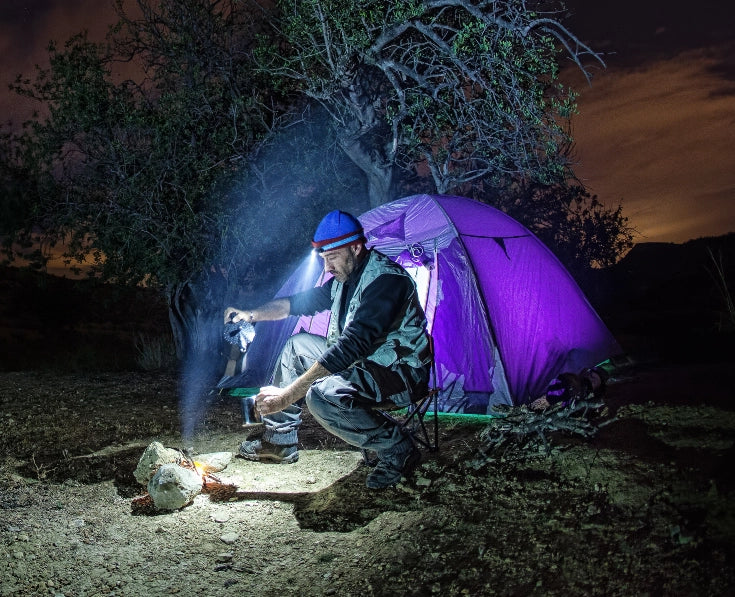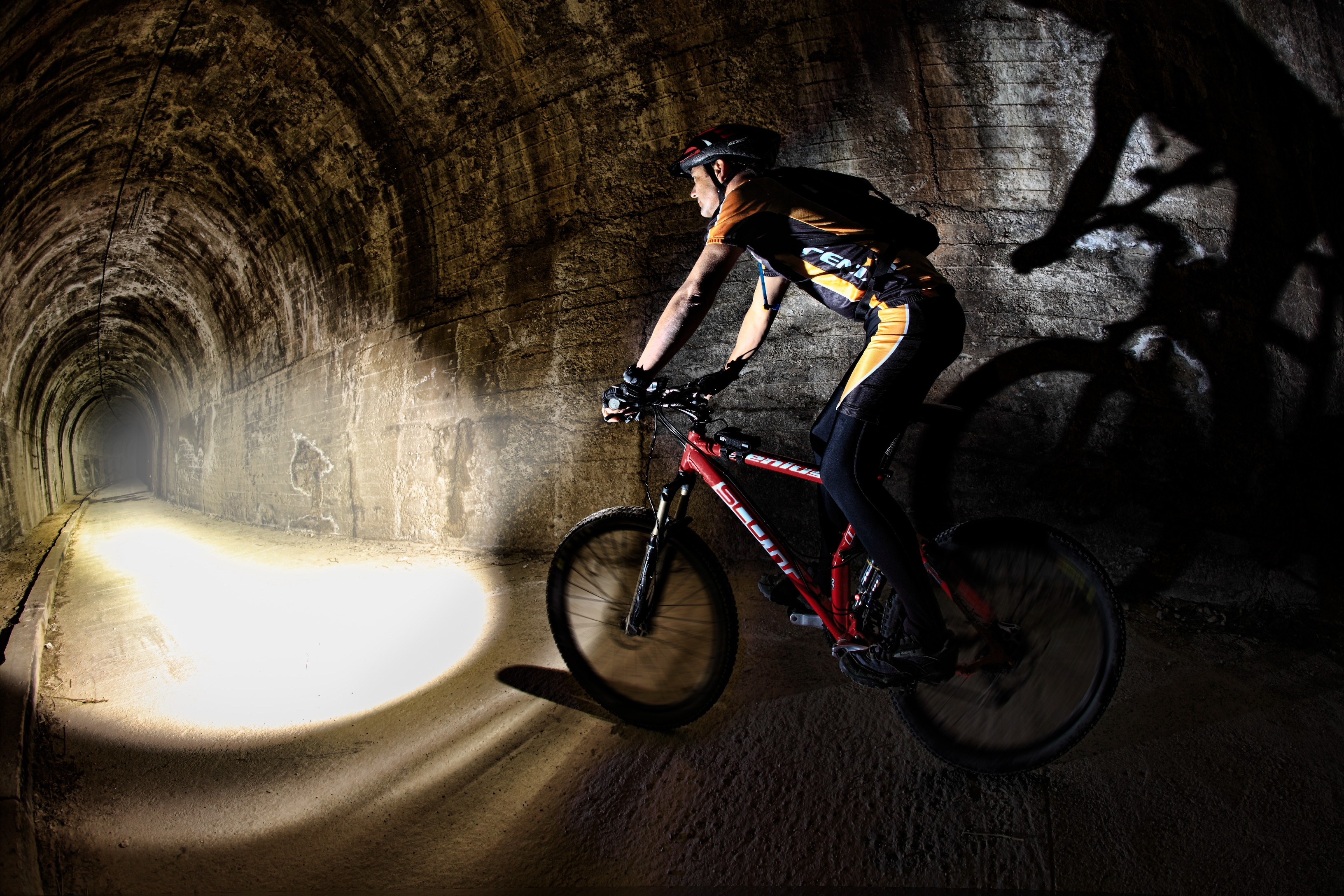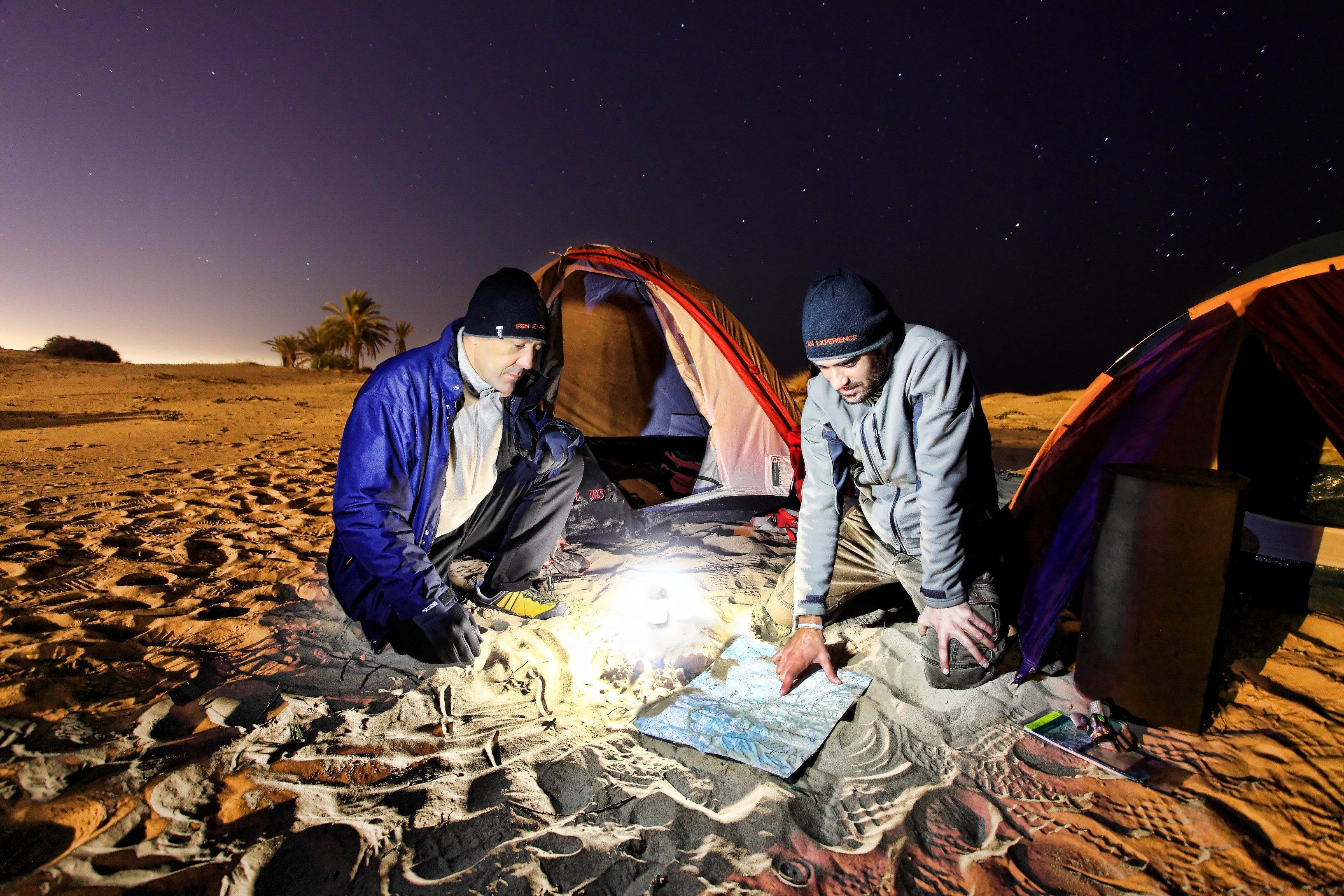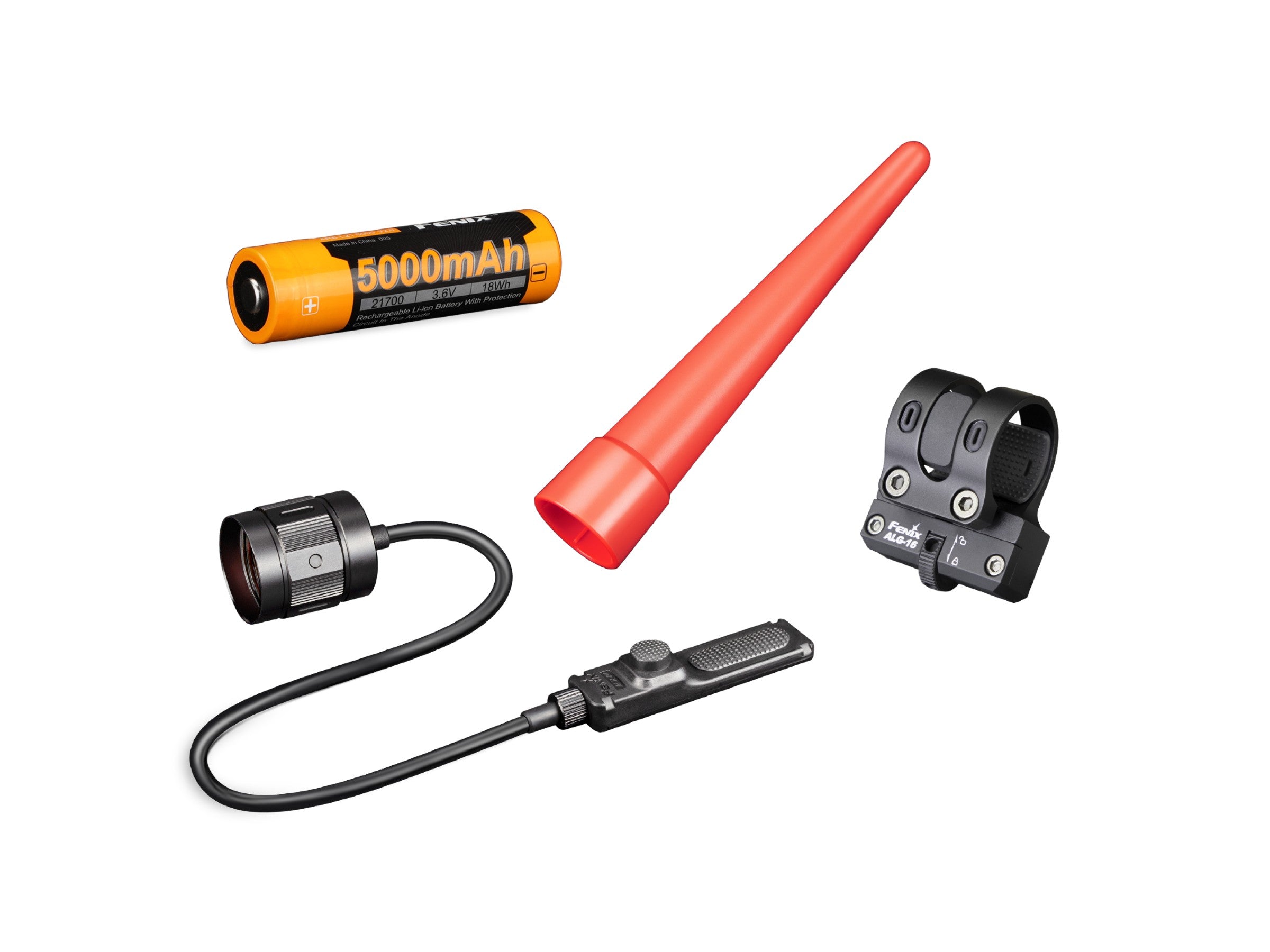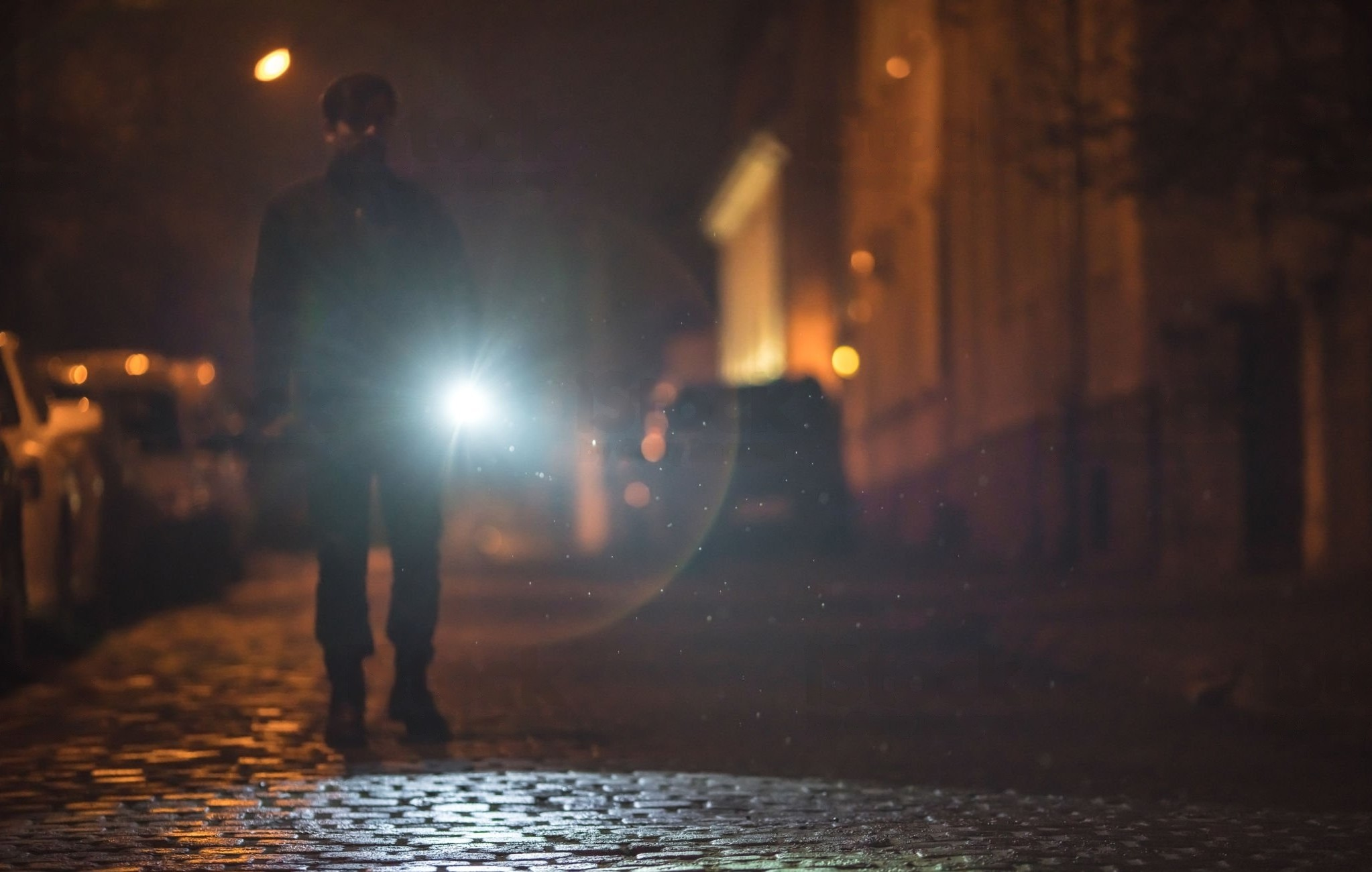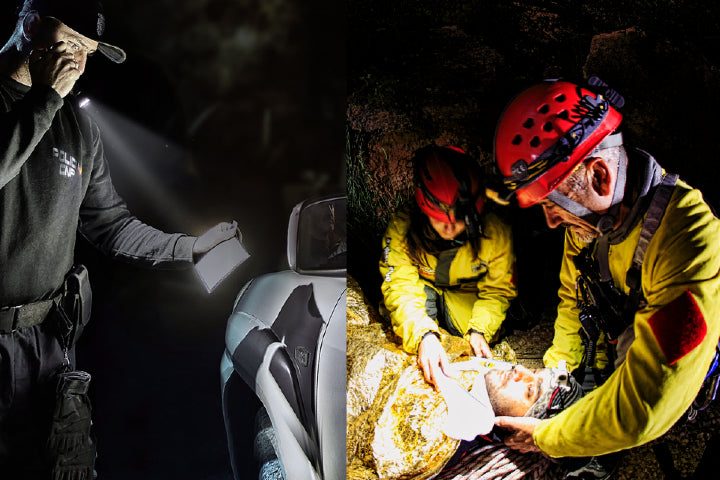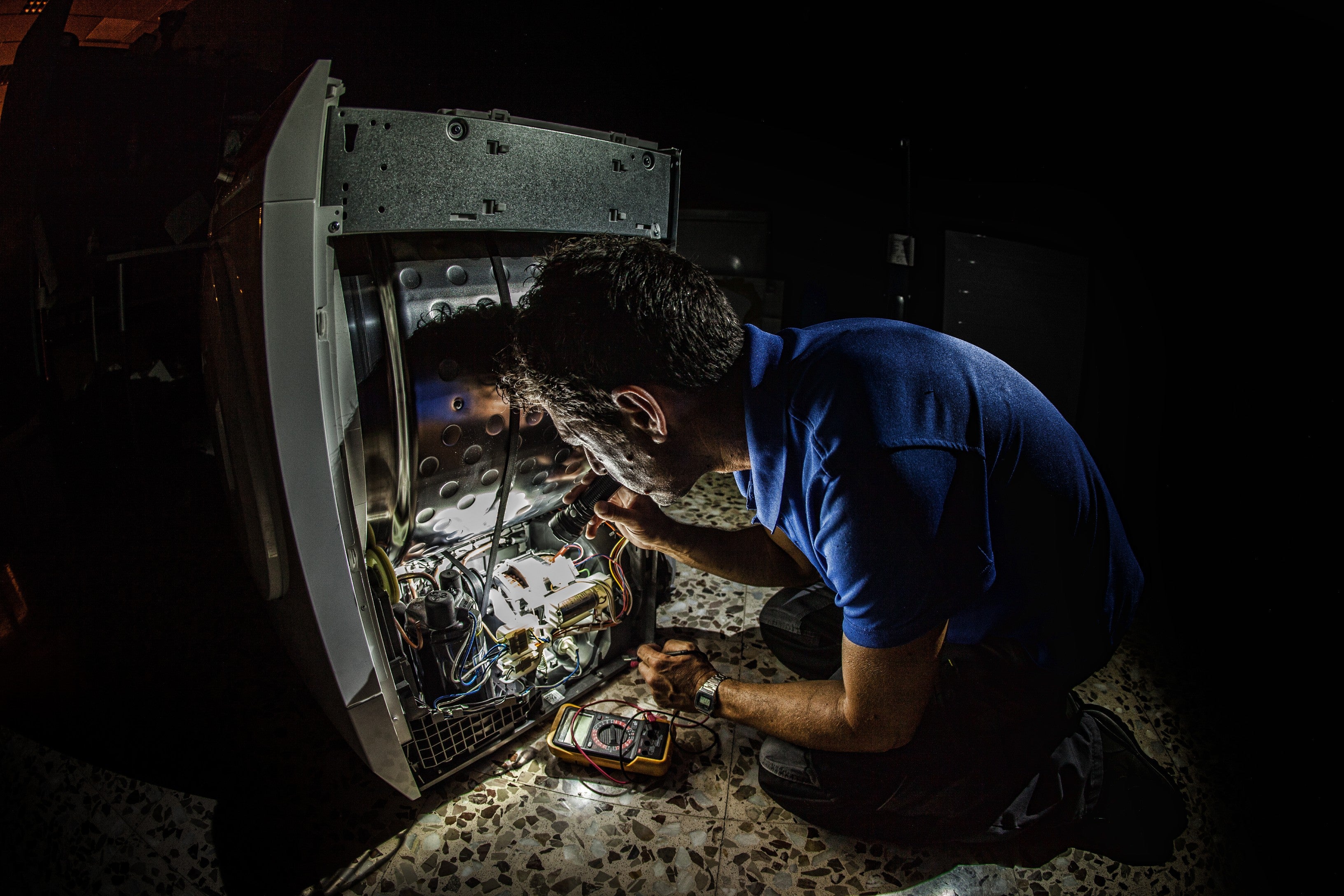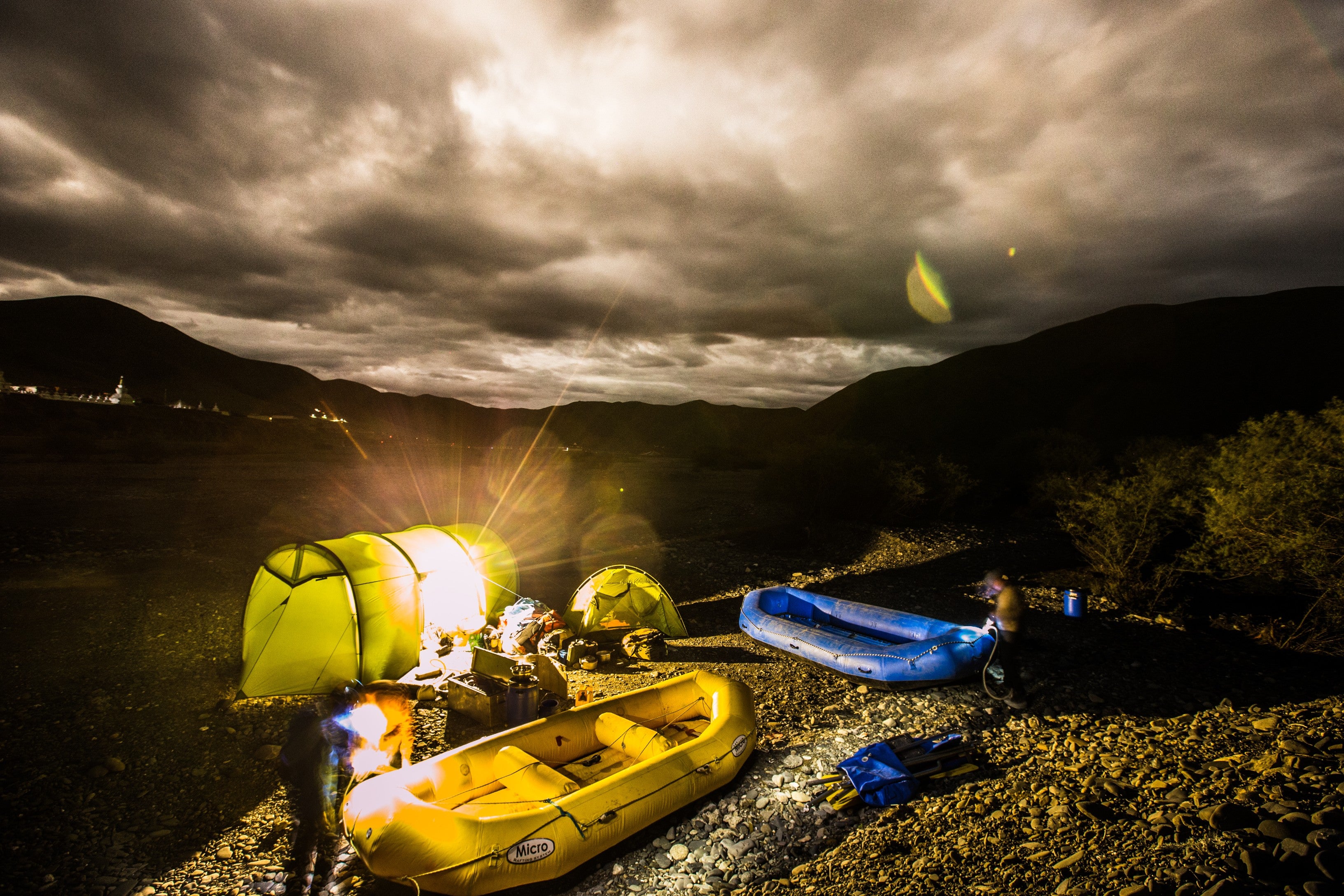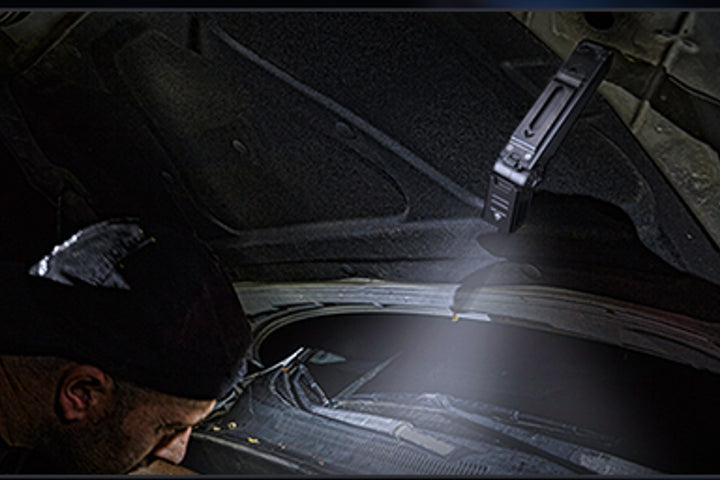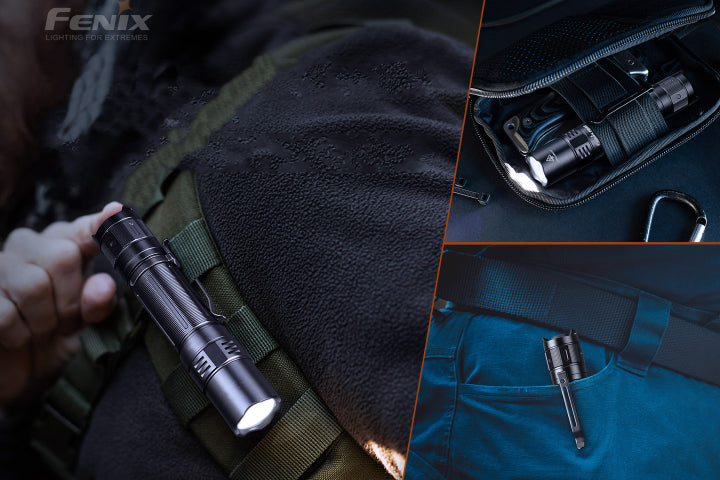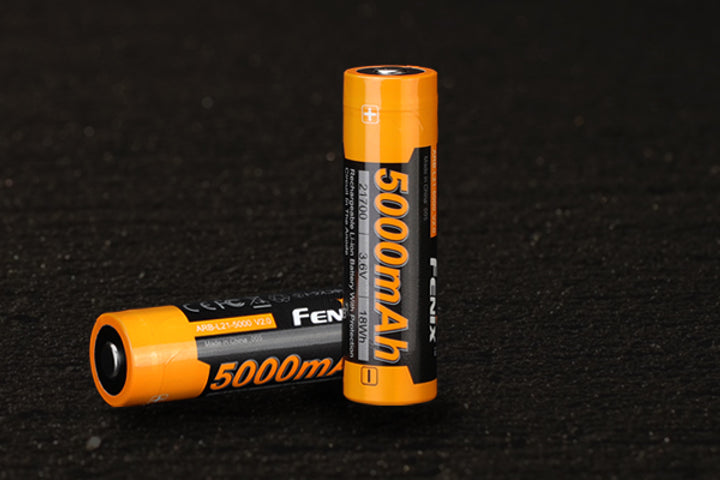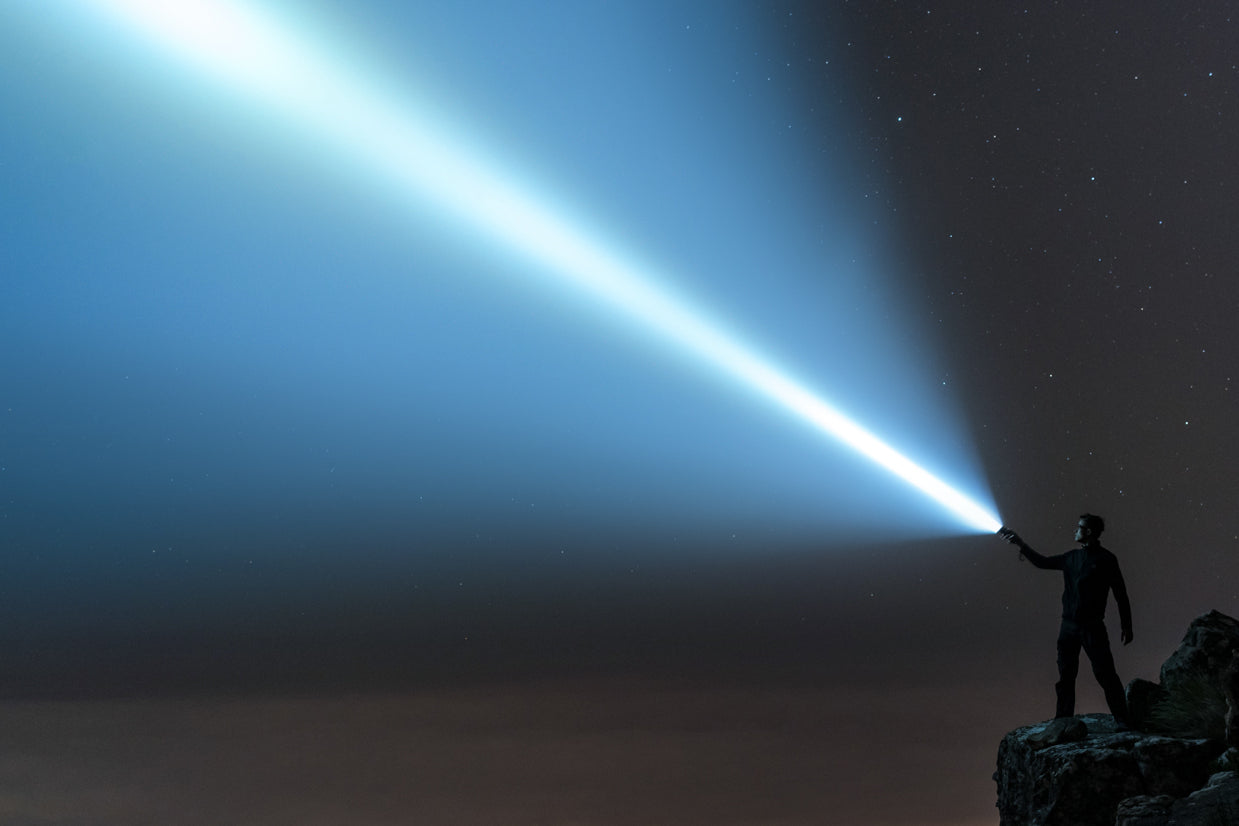How Smart Police Teams Work in Low-Light Conditions
When police work in low-light, their flashlight performs as an essential tool for protection. But, depending on its use, a flashlight can also pose itself as a liability. Within the past 10 years, research studies conducted by the FBI have shown that nearly 70% of officer fatalities are attributed to low-light conditions.
Ranging anywhere from learning how to fire a weapon to manipulating a flashlight, most officers are trained to perform safe police work in low-light conditions. Although, over the past 20 years, protective gear has seen a great deal of innovation. This has led to many law enforcement officers being issued powerful, tactical flashlights without any additional training.
From this, we can understand how important it is for law enforcement personnel to know exactly how and when their flashlights can be used for protection. In this article, you will learn about how police work in low-light conditions with flashlights to keep themselves and their fellow officers safe.
Quick Takeaways
- Police work in low-light is not just reserved for the night shift – it also often takes place during the day in low-light environments, like dark buildings
- There are three kinds of low-light to know: ambient light, reflective light, and direct light
- Using a flashlight in unnecessary situations makes you a target to threats and limits your ability to use ambient and/or reflective light to your advantage
- Turning on room lights when entering a dark building allows for easier, safer navigation and an advantage over threats
Safe police work in low-light requires an understanding of common lighting conditions and proper use of flashlights.
How Police Work In Low-Light
Police work in low-light is not only common during the night shift, but also during the day. Police officers are often called to search low-light environments, like buildings, even when there is daylight.
It comes as no surprise that criminal activity commonly takes place in the dark, so officers need to know how to properly use their weapons and flashlights to combat low-light conditions.
To understand how this can be done, you first need to become familiar with three types of light sources.
Direct Light
Direct light is exactly what it sounds like: light that shines directly onto an object. For example, when an officer’s flashlight shines directly on a threat, the threat is under direct light.
To replicate direct light, simply shine your flashlight in a low-light environment onto the wall in front of you. This creates direct light onto the wall.
Ambient Light
Natural or man-made, ambient light refers to light present in an environment. For example, man-made ambient light can be seen in urban areas, even with the absence of street lighting– there is still enough subtle illumination to make out shapes and objects.

An example of naturally occurring ambient light is moonlight. Because of ambient light, it is rare that police officers find themselves in complete darkness. Even indoors, ambient light finds its way through windows or under doors.
To replicate ambient light, shine your flashlight in a low-light environment onto a wall in front of you. If you look behind you while keeping your flashlight pointed at the wall, you will see that ambient light has illuminated the room.
Reflective Light
Reflective light is light that bounces off of other surfaces. For example, in low-light conditions, a street light’s illumination will bounce off of a light-colored vehicle, making its hue visible to onlookers. A dark-colored vehicle would need more ambient or reflective light for a witness to determine its exact hue.
To replicate reflective light, shine your flashlight in a low-light environment onto a wall that makes up a corner of the room. The direct light from your flashlight will bounce over and reflect onto the conjoining wall.

Safety Tips For Police Work In Low-Light
Now that you have a general understanding of elements found in low-light, there are a few tips to know in order to operate a flashlight safely in low-light conditions.
Limit Flashlight Use
First, only use a flashlight when you need it. For example, when you and your team are clearing a building or approaching a vehicle, it is best not to use your flashlight. Turning on your flashlight in these situations will not only make you a target to suspects, but also stop your ability to use natural ambient or reflective light.
Instead, use your light sparingly and flash it in the area you wish to move towards. Move while your flashlight is off, and continue to flash your light intermittently until you reach your destination.
Pick Up Your Feet
Remember, turning your flashlight on will give your location away and pose you as a target to threats. If you are navigating rough terrain and need to keep your location concealed, pick up your feet higher than normal while walking.
The U.S. military is trained to navigate darkness by picking up their knees higher than normal and placing their feet flat on the ground. Although this technique is slower, you can cover terrain quietly and safely, without turning your flashlight on.
Avoid Backlighting
Backlighting not only gives your position away, but also makes you a target. If you turn on your flashlight and point it towards a teammate, you will see their silhouette appear on the ground before them, giving away your locations. Avoid backlighting yourself and fellow officers by keeping your flashlight off while approaching a location.

Turn On The Lights
When entering a dark residence or building, turn on the room lights immediately. Not only is a well-lit building easier to navigate, but it also gives you an advantage.
If someone is hiding in the dark, it is likely that their eyes have already adjusted to the darkness. To ruin a subject’s night vision, all you have to do is turn on the lights.
Not only that, but some hiding spots are significantly better in the dark than with the lights on. If you enter a building and turn on the lights, a subject may be tempted to move. If you are a hunter, you know that movement is easier to identify than stillness. Turning on the lights may reveal your target.
Work Smarter With High Performance Lighting
Understanding how police work in low-light can be used to your advantage. Not only will it keep you and your fellow officers safe in threatening conditions, but it will also allow you to make the most of your lighting gear.
Want to learn more about how high performance lighting can keep you safe in uncertain situations? Fenix can help. Visit us today to find the most reliable lighting solutions, or keep reading Fenix’s Blog here.
